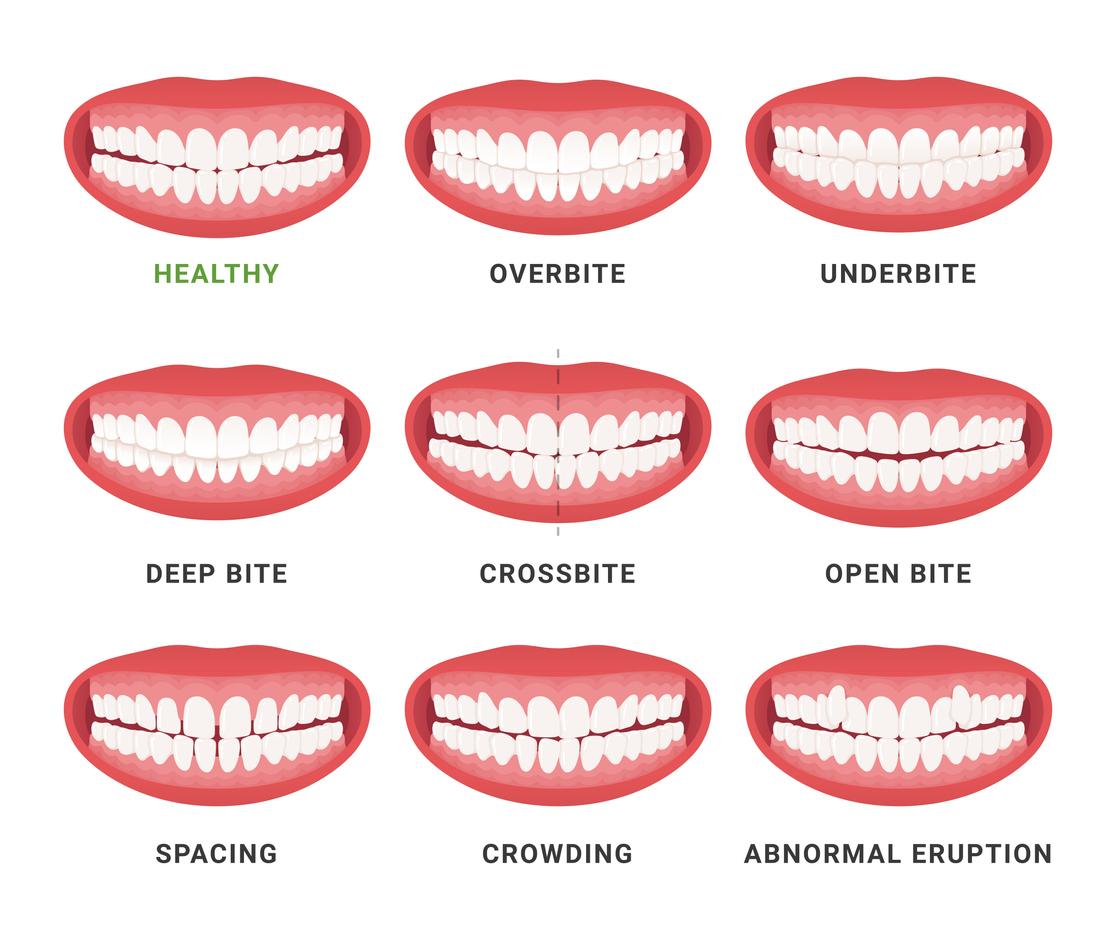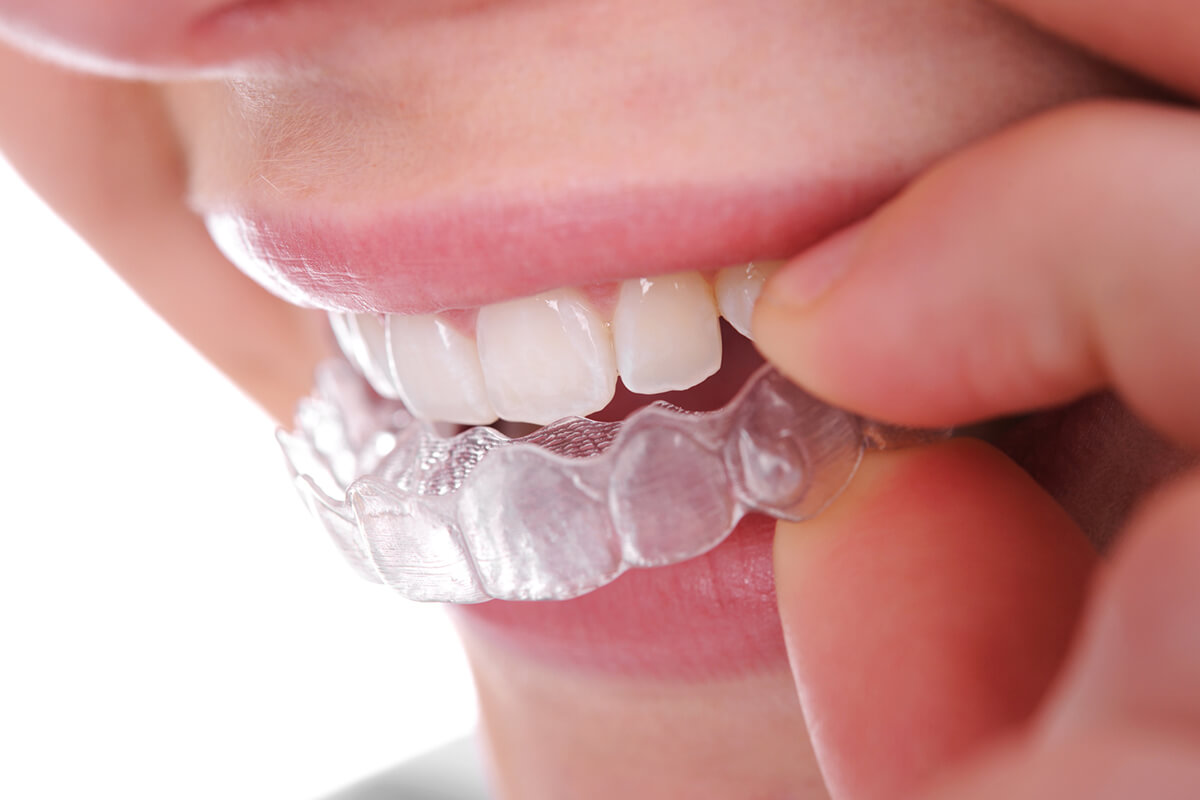Discover the Conveniences of Invisalign for a Perfect Smile Improvement
Discover the Conveniences of Invisalign for a Perfect Smile Improvement
Blog Article
Invisalign vs. Typical Braces: Which Choice Is Right for You?
When thinking about orthodontic treatment, the option in between Invisalign and conventional dental braces offers numerous crucial variables that merit mindful examination. Invisalign provides a discreet alternative with detachable aligners, while standard braces supply a much more noticeable yet efficient solution for extreme imbalance. Each choice incorporates unique advantages and drawbacks related to aesthetic appeals, comfort, treatment duration, and expense. Comprehending these nuances is vital for making an informed choice that straightens with your personal preferences and way of life. The concern stays: which alternative will best fulfill your orthodontic needs and expectations?
Overview of Treatment Choices

On the other hand, traditional braces are composed of metal brackets and cords that are adhered to the teeth. This technique uses continuous stress with time to attain positioning. While reliable for complex orthodontic concerns, standard braces require routine gos to for changes and can posture challenges in maintaining oral health due to the problem of cleansing about wires and braces.
Both alternatives have their values, and the selection often pivots on specific dental conditions, lifestyle preferences, and client compliance. Eventually, getting in touch with an orthodontic specialist is crucial for identifying the most suitable treatment plan customized to specific demands. Recognizing the subtleties of each choice can substantially influence the general success of orthodontic therapy.
Aesthetic Factors To Consider
A considerable factor affecting the selection in between Invisalign and standard dental braces is the aesthetic appeal each therapy uses. Invisalign aligners are crafted from clear plastic, making them essentially undetectable when used. This discreet look is especially attracting adults and teenagers that may feel self-conscious about their orthodontic therapy. The capacity to keep an all-natural smile throughout the alignment process can significantly enhance the person's self-confidence in expert and social settings.
On the other hand, standard braces are composed of metal braces and cables, which can be much more visible. While improvements in orthodontic innovation have actually led to the advancement of smaller sized brackets and tinted elastics, standard braces still keep a more noticeable account. For some people, the visibility of dental braces might deter them from seeking needed therapy.
Ultimately, the option in between Invisalign and typical braces may depend upon personal choices concerning visual appeals. Individuals that focus on discernment frequently favor Invisalign, while those that are much less worried about exposure might decide for typical dental braces. Understanding the aesthetic ramifications of each choice is critical for making an informed decision that aligns with one's lifestyle and preferences.
Comfort and Convenience

In terms of ease, Invisalign aligners are detachable, making it possible for people to appreciate their preferred foods without limitation and preserve optimum dental health. Cleaning and flossing are streamlined, as the aligners can be gotten throughout these regimens, whereas conventional braces require careful navigating around cords and braces.
In addition, Invisalign's dynamic system permits fewer orthodontic sees. Individuals normally get multiple sets of aligners at as soon as, which can simplify the therapy process and decrease time invested in the orthodontist's chair. In comparison, standard braces require regular changes, making them much less convenient for those with active timetables. Invisalign. Generally, the comfort and benefit of Invisalign make it an enticing selection for numerous individuals looking for orthodontic treatment.
Treatment Duration and Effectiveness
While both Invisalign and traditional dental braces are efficient in correcting dental imbalances, the duration of therapy can vary significantly in between the two options. Usually, recommended you read Invisalign treatment can take anywhere from 12 to 18 months, relying on the intricacy of the case. The clear aligners work by progressively changing teeth into their wanted settings, and regular follow-ups with an orthodontist aid guarantee progression stays hop over to here on course.
In contrast, standard braces usually require a longer commitment, generally varying from 18 months to 3 years. This is because of their fixed nature and using braces and cables, which can be much more effective for serious misalignments and complicated instances (Invisalign). The treatment effectiveness of conventional braces is well-documented, as they enable exact changes and better control over tooth activity
Inevitably, the selection in between Invisalign and typical dental braces might pivot on both the expected therapy duration and the certain dental problems available. Consulting with an orthodontist is critical, as they can give customized referrals based upon private requirements, making certain the picked approach lines up with preferred results and timeframes.
Price Contrast and Insurance Policy Alternatives
Expense plays a considerable role in the decision-making process for people taking into consideration orthodontic therapy, whether opting for Invisalign or traditional dental braces. On standard, the cost of Invisalign arrays from $3,000 to $8,000, while standard braces generally set you back between $2,000 and $6,000. Factors affecting these expenses include the intricacy of the case, the duration of therapy, and geographical place.
Insurance insurance coverage can substantially impact out-of-pocket expenditures. Numerous oral insurance coverage strategies supply partial coverage for orthodontic therapies, but the specifics can differ widely. It is vital for individuals to review their insurance policy policies to establish the extent of insurance coverage for either choice. Generally, conventional dental braces may be a lot more frequently covered by insurance coverage strategies compared to Invisalign, which some insurance firms categorize as a cosmetic treatment.
Additionally, a number of orthodontic techniques supply flexible payment plans, making both treatment choices extra accessible. Clients must ask concerning possible funding alternatives and discounts for upfront payments. Assessing the overall expense, including insurance coverage benefits and layaway plan, is necessary for making an educated choice that lines up with both aesthetic preferences and budget plan considerations.

Final Thought
In summary, the selection between Invisalign and typical dental braces rests on numerous elements, consisting of aesthetic choices, comfort, therapy duration, and expense. Invisalign offers a very discreet, removable option that facilitates dental health and dietary adaptability, while conventional dental braces may be Continue a lot more suitable for complicated oral issues and commonly come at a lower rate factor. Eventually, appointment with an orthodontist is vital to analyze individual scenarios and establish the most proper therapy option for accomplishing ideal oral alignment.
When thinking about orthodontic therapy, the selection between Invisalign and conventional dental braces offers several crucial variables that merit careful examination.Contrasting Invisalign and typical braces exposes distinctive therapy alternatives for orthodontic adjustment.While both Invisalign and conventional dental braces are reliable in correcting dental misalignments, the period of treatment can vary dramatically between the 2 alternatives.Price plays a substantial duty in the decision-making procedure for people taking into consideration orthodontic therapy, whether opting for Invisalign or conventional dental braces.In recap, the selection in between Invisalign and typical dental braces pivots on several variables, consisting of visual choices, convenience, treatment duration, and cost.
Report this page